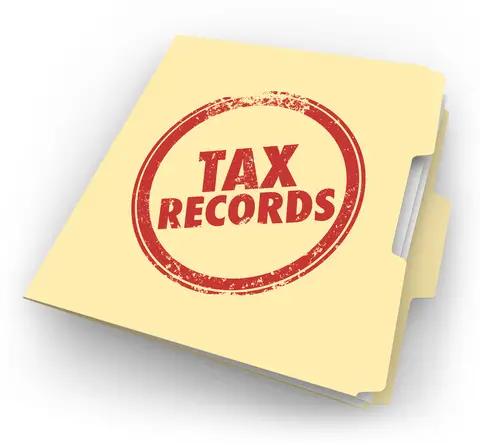 April may be the month for cherry blossoms in the U.S. capital, Earth Day celebrations, and, according to T.S. Eliot, “the cruelest month,” but it’s also the perennial time for individual income tax returns. As most small businesses are sole proprietorships and pass-through entities, owners report their share of business profits on their personal returns at this time. The 2015 IRS Data Book reveals some interesting facts about tax filings as well as audits during the government’s 2015 fiscal year ending September 30, 2015.
April may be the month for cherry blossoms in the U.S. capital, Earth Day celebrations, and, according to T.S. Eliot, “the cruelest month,” but it’s also the perennial time for individual income tax returns. As most small businesses are sole proprietorships and pass-through entities, owners report their share of business profits on their personal returns at this time. The 2015 IRS Data Book reveals some interesting facts about tax filings as well as audits during the government’s 2015 fiscal year ending September 30, 2015.
Number of entity returns
The total number of returns filed with the IRS topped 243 million. Of these, there were approximately the following number of business returns:
- C corporations: 2.2 million
- S corporations: 4.7 million
- Partnerships (including limited liability companies filing as partnerships): 3.8 million
- Employment tax returns: 30 million
- Estimated taxes by individuals: 24 million
- Schedule F filers (farmers): 1.3 million
It’s impossible to determine the total number of Schedule C filers because this figure is not separately identified. Schedule C filers who did not claim the earned income tax credit topped 15 million, but obviously, this is not the whole picture.
Electronic filing
Electronic filing of most types of returns is now the norm. More than 163 million returns were filed electronically, representing 67% of all returns. Of the 4.7 million S corporation returns, 3.7 million (or about 78%) filed electronically. Of the 3.8 million partnership returns, nearly 3.1 million (or about 81%) were filed electronically. Of the 2.2 million C corporation returns, about 1.3 million (or about 59%) were filed electronically.
Audit activities
The audit rates for businesses are at an all-time low. Only 0.5% of partnership returns and 0.4% of S corporation returns were examined. For small corporations with a balance sheet of assets under $250,000, the audit rate was only 0.8%. The rate increased to 1.2% for a balance sheet with assets between $250,000 but under $1 million; it was 1.1%for corporations with assets between $1 million and $5 million. The rate rose to just 1.5% for corporations with a balance sheet showing assets of $5 million to $10 million.
For Schedule C filers, the audit rates were based on gross receipts and reflect filers who did not claim the earned income tax credit:
- Under $25,000: 0.9%
- $25,000 to under $100,000: 2.4%
- $100,000 to under $200,000: 2.5%
- $200,000 or more: 2%
Farmers filing Schedule F had an audit rate of only 0.3%.
Conclusion
What do these numbers mean for us as small business owners? It shows there are a growing number of businesses, but audit exposure remains small. Still, if you become an audit statistic, it’s gonna hurt!


